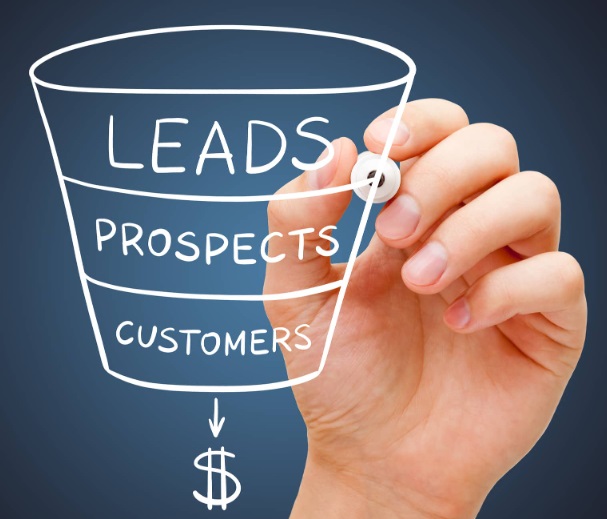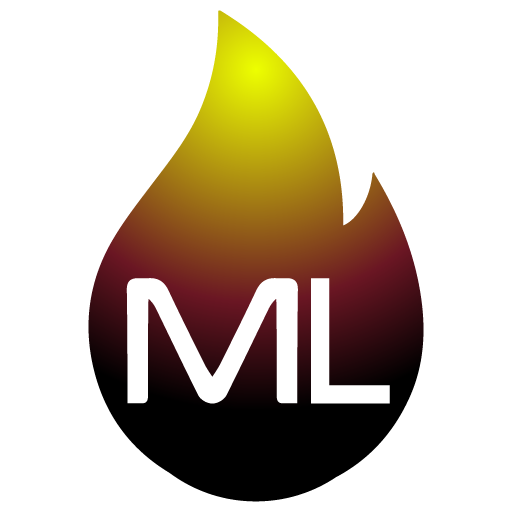One of the first questions people encounter when gathering data is distinguishing business leads from prospects. Let’s unravel this once and for all!
You may be a marketer, or you could be a business owner. Either way, you know the importance of having a robust new business pipeline.
The vast majority of businesses fail because of cash flow problems. Leads and prospects are the keys to ensuring you have new business opportunities and different ways to make money.
You know they’re essential, but do you know the difference between leads and prospects? If you don’t, you could have trouble later.
Leads vs Prospects: Why the Difference Matters
On the surface, the difference between B2B leads and prospects may seem trivial. After all, they’re different ways of saying you could have a new client to bring on board. Despite this similarity, leads and prospects are quite different.
Knowing the difference between leads and prospects is essential because it affects your sales pipeline and process. Let’s remove sales from the process and consider relationships to simplify things.
You interact with various people throughout your day and communicate with them differently. For example, you might greet your spouse differently than a family member or talk to a personal friend differently than you would a coworker.
Relationships and communication are the main reasons why it’s essential to differentiate between leads and prospects. You will interact with them differently and must tailor your message to each accordingly.
Let’s look at each other differently if you want to know the difference between leads and prospects.
Notice how leads turn into prospects, and then prospects turn into leads. This is how you need to think about your marketing funnels and turning Megaleads into prospects. Get familiar with your digital marketing sales funnel and turn MQL into SQLs, and what you need to do from a mechanical and content perspective to move the user down the sales funnel to the close.
Turn your business leads into prospects.

What is a Lead?
A lead is someone who will be at the very beginning of the sales process. You may have sent a cold outreach email to these people, subscribed to your webinar, or made some initial connection with them.
The thing about leads is that they’re a bit mysterious. You may know little besides their name, email address, and other contact information they gave you. There’s no natural way to gauge their possible interest in your product or service.
Leads are the lifeblood of any business, regardless of industry. They may not have agreed to anything yet, and they may not even be interested in what you’re selling. But the bottom line is that they present an opportunity, and if you say the right thing at the right time, it can grow into something special.
What is a Prospect?
Think of a prospect as a next-level lead. They’ve made a connection, but they’re also someone you know strongly desires to purchase what you’re offering.
A prospect needs to fit your target market in some way. They could be the correct gender, income level, job title, or another target demographic you’re trying to reach.
They should also have the means to buy or use your service. Someone who hits nearly everything you’re targeting but doesn’t have money to spend isn’t someone you would identify as a bona fide prospect.
Last, they must have the authority to make purchasing decisions. This is simple when doing retail, but it can get tricky when selling a service. A CMO, CTO, or someone with a fancy title but no decision-making power isn’t a good prospect.
Which is Better?
If you’re still deep in the leads versus prospects debate and want to know which is better, you will be searching for a long time. The truth is that “better” is a subjective term. Depending on your business goals, a lead or prospect will be better.
Every business needs leads to survive. Without potential customers or buyers, you’re in trouble financially. But a flood of leads that don’t turn into prospects isn’t ideal.
You need leads if you’re starting and don’t know where your target audience lies. You may not know how interested they are, but they represent potential.
If you need to close deals, you’ll need a prospect. You need to make sales and ensure that the person you’re talking to is interested in what you’re offering.
How Do I Get Both?
You’ll realize you need both once you see past the debate on leads versus prospects. You might start blogging for leads and have a robust digital campaign, but you aren’t sure what else you need.
Here are some tips to help you get leads and prospects that can help your business.
Get Customer Referrals
Do you have some customers you know love your work? Are there people you can lean on to tell a friend how much they love what you do?
Getting customer referrals takes time and attention. Your customers aren’t just good for buying things from you; they can also be a free form of marketing. Please encourage them to tell friends and business associates about you. Give them business cards or pre-printed materials to make their job easier.
Network
When was the last time you went to a networking event? If your answer isn’t “sometime in the last month,” you aren’t networking nearly as much as you should. Networking is essential for any professional to succeed and grow.
Networking is a great way to meet people in your industry and lay the groundwork for potential partnerships. Some people think that events aren’t worth attending if you can’t meet paying customers, but meeting other businesses can be just as helpful.
Leads and prospects are businesses and companies that could benefit from project work. Imagine meeting a more significant business that could use your expertise on overflow work they can’t handle. That could lead to more contracts and work in the future and open you up to their network of professionals.
Next Steps
Now that you know the difference between leads and prospects, you can make some of your own. If you’re ready to improve your marketing efforts to get more of what you want, contact us today so we can help.
